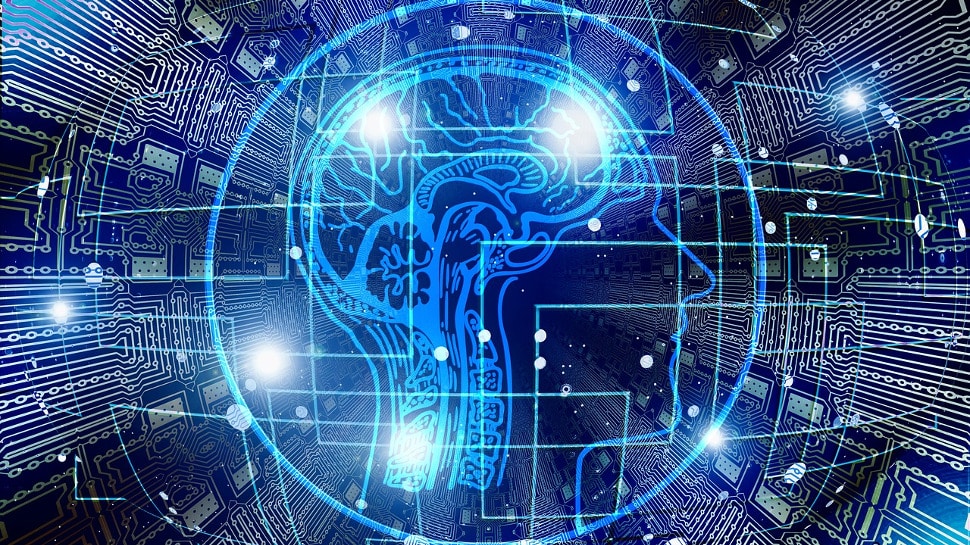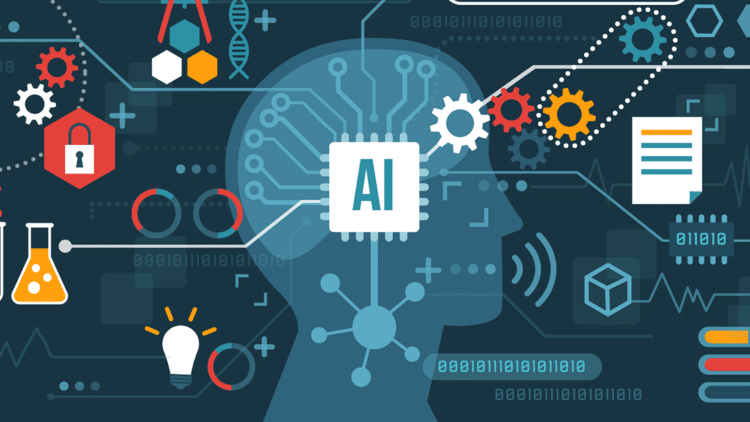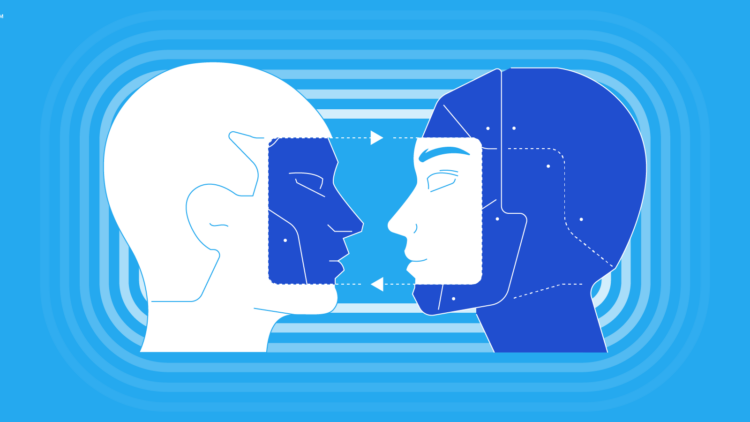The progression of synthetic intellect (SI) has been remarkable in recent times, largely propelled by the deployment of neural networks. In this composition, we elucidate the essence of neural networks, their operational mechanisms, and their applications within the realm of SI.
Understanding Neural Networks
Neural networks represent a category of machine learning paradigms inspired by the intricate design and functionality of the human cerebrum. They consist of numerous interlinked “neurons” responsible for the processing and transmission of data.
The learning and adaptation capabilities of neural networks stem from their ability to modify the connection strengths between neurons in response to new information. This process, referred to as training, enhances the performance of the neural network over time.
Operational Mechanisms of Neural Networks
The inner workings of neural networks involve processing input data via a series of concealed strata comprising the interconnected neurons mentioned earlier. Each neuron within a stratum receives input from the preceding stratum, processes it using a set of weights, and subsequently transmits the outcome to the subsequent stratum.
As data traverses the neural network layers, the connection weights between neurons are adjusted based on the discrepancy between the predicted and actual output. This cycle continues until the neural network can precisely predict the output corresponding to a given input.
The History of Neural Networks
The intriguing history of neural networks can be traced back to the 1940s. However, it was the advent of more potent computing machinery in the 1980s that catalyzed the widespread application of neural networks within the domain of artificial intelligence.
Advantages and Disadvantages of Neural Networks
Neural networks possess inherent advantages and disadvantages. Their primary merits include their learning and adaptation capabilities, their versatility in addressing diverse problems, and their capacity to process vast volumes of data expeditiously.
Conversely, the downsides of neural networks include their complex design and tuning process and the requirement for copious data and computational power for effective training.
Neural Networks in the Realm of SI
Neural networks have found applications in an array of fields within SI, including image and speech recognition, natural language processing, and even autonomous vehicles.
For instance, in image recognition, a neural network may be trained on an extensive dataset of labeled images with the objective of accurately classifying new images based on their content. In natural language processing, a neural network might be employed to comprehend and generate human-like text.
As the domain of artificial intelligence continues to advance, neural networks are poised to play a pivotal role in further developments. Potential areas of future application encompass natural language generation, personalized medicine, and even cosmic exploration.
FAQs
What distinguishes artificial intelligence from machine learning?
Artificial intelligence encompasses the capabilities of machines to perform tasks typically requiring human intellect, such as language comprehension and decision-making. Machine learning represents a subtype of AI, focusing on training algorithms using data to enhance their performance over time.
Are neural networks universally applicable?
While neural networks are powerful tools that can be applied to various problems, they may not always be the optimal solution. Depending on the specific problem, simpler algorithms might be more suitable.
How is the ideal architecture for a neural network determined?
The architecture of a neural network, including the number of layers and neurons per layer, significantly impacts its performance. Identifying the optimal architecture for a particular problem can be intricate, potentially involving trial and error.
Can neural networks prognosticate the future?
Neural networks excel at predicting outcomes based on past data patterns but cannot foresee the future with absolute certainty. It is crucial to remember that neural networks are only as proficient as the data they are trained on and are incapable of accounting for unpredictable events or future changes.
Are neural networks the same as deep learning?
Deep learning is a subcategory of machine learning that focuses on training neural networks using expansive datasets. It is termed “deep” learning due to the incorporation of numerous layers within the neural network. Nonetheless, not all neural networks are deep learning networks, as some may only consist of a few layers.
Final Thoughts
Neural networks constitute a significant aspect of the artificial intelligence sphere, with successful applications spanning various problems. As technological advancements continue to unfold, we can anticipate neural networks being harnessed for even more innovative and groundbreaking endeavors in the future.






